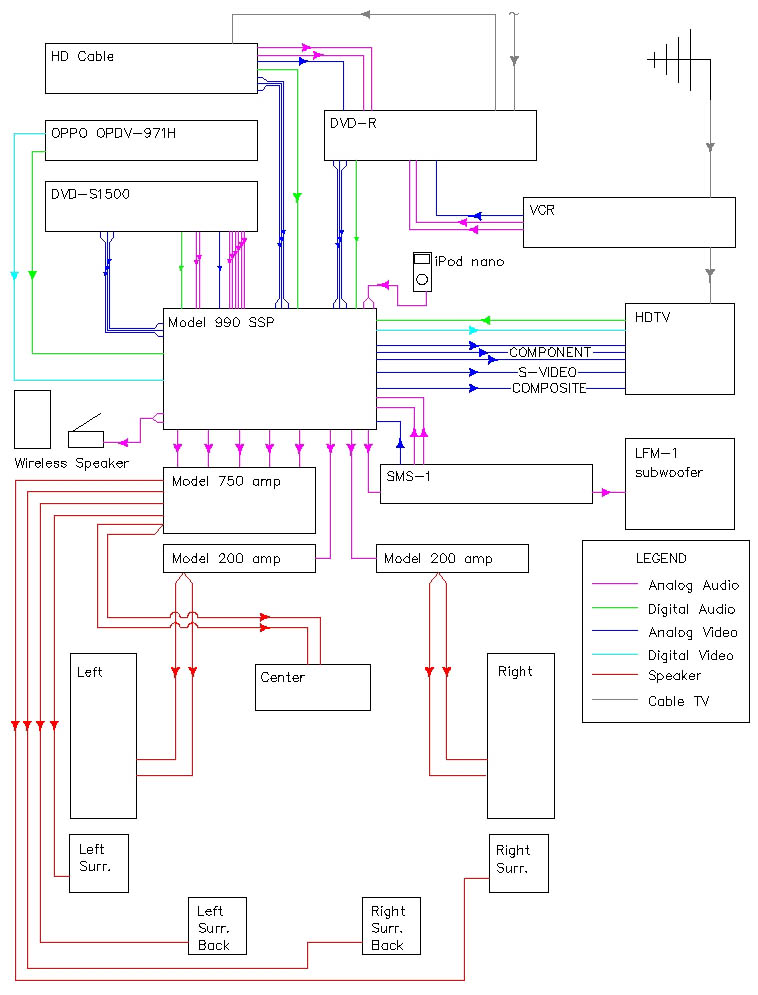The initial action in effective surveillance camera installation is to identify high-risk areas within the store. These areas typically include entry points and exits, cash counters, and sections where high-value products are showcased. By placing cameras in these locations, store owners can observe customer behavior and spot suspicious activities. Additionally, cameras at entry points can record images of individuals entering and leaving the store, which is crucial for recognizing possible shoplifters. This preventive strategy aids in reducing theft and ensuring a safe atmosphere.
Another key factor is the type of camera used in the store environment. Different cameras serve distinct functions. For instance, dome surveillance cameras are often used for indoor monitoring because they are less noticeable and can cover a wide area. Conversely, bullet-style cameras are best for external application, as they are more visible and can deter illegal activity. Retailers should assess their specific needs and choose the suitable camera types to ensure comprehensive coverage of the store.

In addition to camera models, the angle and height see this site at which cameras are installed play a significant part in their efficacy. Surveillance devices should be positioned at a height that allows for unobstructed viewing of individuals and activities without being easily manipulated with. A common suggestion is to mount cameras at least eight to ten ft off the floor. Additionally, cameras should be angled to cover as wide space as possible while avoiding blind spots. This strategic placement guarantees that all zones of the retail space are monitored, providing a full perspective of customer interactions and potential security threats.
Finally, it is essential for retailers to consistently assess and maintain their surveillance equipment. This entails inspecting camera functionality, confirming that footage are high-quality, and refreshing programs as required. Routine maintenance helps to avoid mechanical issues that could compromise safety. Additionally, store owners should analyze footage regularly to spot patterns in shopper behavior and potential security risks. By remaining proactive and attentive to their monitoring equipment, retailers can create a more secure shopping environment and protect their resources efficiently.